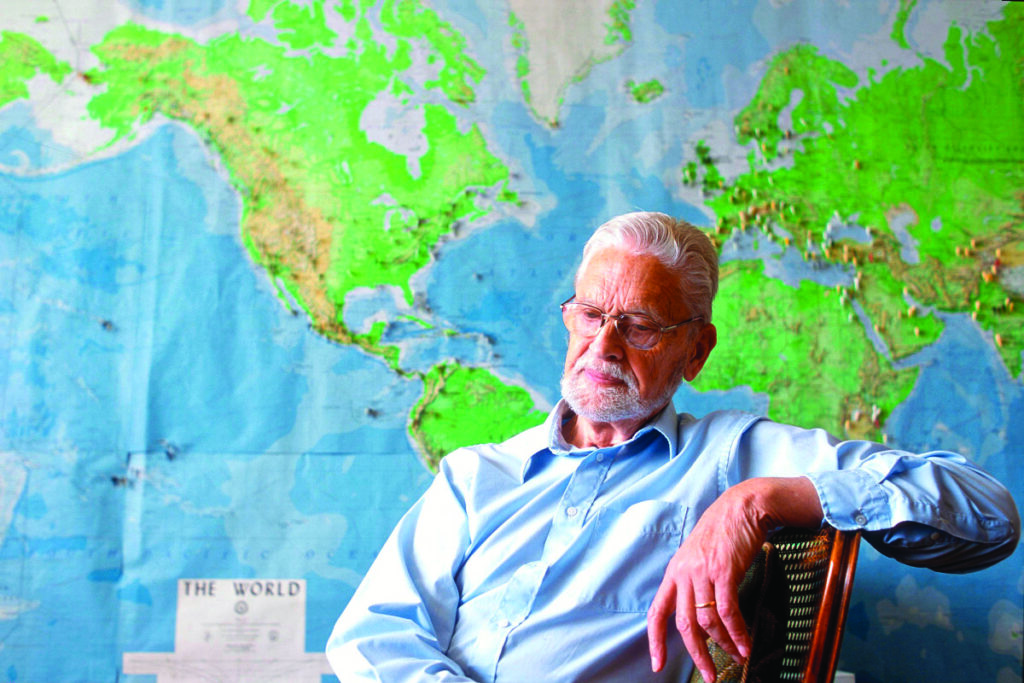The Alarming Similarities Between the Spanish Flu and COVID-19
“It is absolutely certain another pandemic will come, but we don’t know what form it will have. The question is, how can we be forewarned?” Those omniscient words were spoken by pathologist Johan Hultin in a February 2002 interview, eighteen years before the outbreak of COVID-19. In search of answers, he set his mind on unlocking the genetic code of the 1918 Spanish flu pandemic which ravaged humanity in three separate waves. Does it sound familiar?
But let us start from the beginning. In 1948, Johan Hultin entered Uppsala University to study medicine. However, the courses bored him and he spent much of his spare time arranging drinking contests with fellow students. Their alcohol-fuelled escapades caused considerable damage to University property. Hultin was summoned to the office of the Dean who threatened to expel him. With his Swedish career plans in doubt, he moved to the United States, was admitted to the University of Iowa, found his calling, and graduated with an M.D.
Hultin has become famous for his fundamental contribution to our present understanding of potentially fatal influenza viruses. The most notable pandemics in modern time include the 1918 Spanish flu, the 1957 Asian flu, the 1968 Hong Kong flu, the 1977 Russian flu, and the current Covid-19 flu. The Spanish flu was the most devastating, possibly killing up to 100 million people worldwide, including Inuit communities in the Arctic.
Johan Hultin reasoned that our ability to defeat influenza viruses with the help of targeted vaccinations depends on our understanding of their molecular make-up. Since influenza usually affects the lungs, Hultin estimated that his best chances of collecting well-preserved lung tissue samples would be to dig up Inuit victims of the 1918 pandemic buried in the permafrost of the Arctic. In 1951 he set out on an expedition to Alaska. There, he met Inuit leaders who gave him permission to excavate. He found what he was looking for and brought lung tissues back to Iowa City. Unfortunately, subsequent analysis showed that too much time had passed for the tissue samples to be of any use.
In the following decades, the field of virology evolved in leaps and bounds. In 1997, Hultin decided to have another go at retrieving well-preserved lung tissue from Spanish flu victims. Once again he travelled to Alaska, visiting the same excavation site as in 1951. This time he found the body of an obese 30-year-old woman whose body fat had helped to preserve her lungs in pristine condition. He and his fellow researchers now had enough material to sequence the complete 1918 virus and establish its similarities with viruses in subsequent pandemics. By solving the riddle of the Spanish flu, Hultin has been instrumental in our ability to fight the coronavirus today.
By Peter Berlin






